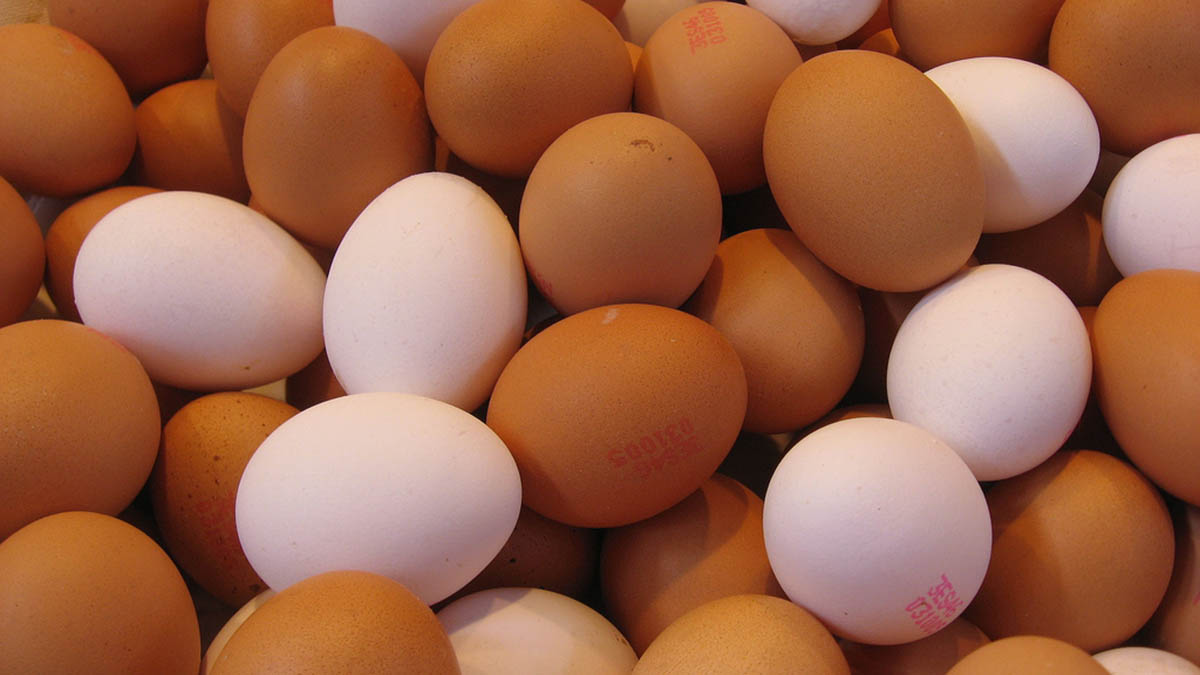What Is Protein?
The word protein is derived from Greek and means "prime importance". This is because they are the building blocks that make up a variety of structures in the human body including hair, muscle, cartilage and ligaments. We generally gain protein from eating meat and dairy products and the diet should consist of between 10 and 20 percent protein depending on your specific needs. A person who is training heavily will need a higher percentage of protein to help the muscles recover quickly and allow a higher level of training. Even an average person who does little exercise still needs a good amount of protein to keep the body functioning effectively. It is important to note that 1g of protein has 4 calories.

Why Do We Need Protein?
When we eat protein it is digested in the digestive system and delivered to the liver as individual amino acids. The liver then rebuilds those amino acids into long chains to make protein again which can be used by the body. Depending on the needs of the body at that time the protein is redistributed for example if the muscles are repairing the proteins are used to repair the muscle tissue.
- to build structures
- to perform functions
- to provide fuel (only a small amount)
Proteins make up the structures such as muscle, bone, organs, connective tissue, hair and nails so it is an extremely important part of our diet. In terms of its functions, protein helps to allow hormones to work effectively sending messages (insulin and adrenaline), helps the effectiveness of enzymes in chemical reactions, they make up parts of the immune system (white blood cells are partly protein) and they help to form lipoproteins which help the body transport fat.
Amino Acids
The smallest unit of a protein is an amino acid and all proteins are made up of chains of these amino acids which are formed into structures. In total there are 20 amino acids and they can be seen like the alphabet, which has 26 letters which make up millions of words. The 20 amino acids combine into approximately 50,000 different combinations to form different protein structures in the body. Just as different words have different meanings, different structures of amino acids produce different parts such as muscle and cartilage.
See Also: The Good And The Bad Side Of Nutritional Supplements
The higher the amount of amino acids found in a source of protein the better quality it is. Foods can be given a protein rating based on this information and the highest rating is 100 which is given to eggs as this contains the highest amount of amino acids. All other foods are then compared to eggs to get a rating of the quality and quantity of amino acids. Other foods which have a high protein rating are fish (70), beef (69), cows milk (60). Some of the lower quality proteins are things like beans and peanuts which are between 30-45 but they are still considered foods high in protein and essential in our diet.
But What Is Complete and Incomplete?
Essential And Non-Essential Amino Acids
There are 20 amino acids which make up a range of protein structures but these are further divided into essential and non essential. An essential amino acids is one that must be gained through eating in the diet, while a non essential amino acid can be made in the liver if all essential aminos are present. This is how complete and incomplete proteins are determined.

Complete Protein
For a protein to be considered complete it must contain all 8 of the essential amino acids. Which means it contains everything the body needs to make all forms of protein structures. If your diet doesn't have a full range of amino acids (for example you don't eat a certain food) then certain structures could suffer such as hair or nails. The eight essential amino acids are:
- isoleucine
- leucine
- lysine
- methionine
- phenylalnine
- threonine
- tryptophan
- valine
All 8 of these must be eaten via the diet to make sure the body is functioning effectively. There are a range of foods which contain all 8 aminos including chicken, eggs, fish, red meat, dairy products and soya beans. Something to note is that most complete sources of protein come from animal sources with the exception of the soya bean. Therefore a vegetarian needs to eat a larger range of incomplete proteins or include soya in their diet to make sure they are getting enough nutrients to keep their body in top condition.
Incomplete Protein
An incomplete protein is a food that is missing one or more of the essential aminos (because our body can make the non-essential). They can contain as little as 1 amino acid so it is important to check the ingredients if you are on a high/low protein diet because if you only eat poor quality incomplete proteins then you will not be getting enough of the nutrient. Foods that are considered incomplete proteins are wheat, oats, rice, pulses, nuts and a variety of vegetables. It is perfectly possible for a vegetarian to get the required amount of protein from a range of incomplete proteins. This is called "complimentary protein" and involves meals that combine incomplete's to make complete protein meals.
- Beans on Toast - which is a source of both wheat and pulses
- Nut Roast - contains a range of nuts and vegetables
- Vegetarian Chilli - includes rice and lentils
You can see there that three very easy meals if you are vegetarian to get a good amount of protein - however you will need to eat a higher volume to make sure you get the required amount if you are in training.
See Also: What Doctors Don't Know About Nutrition
Recommended Intake
I have talked a bit about how much you should eat protein but the recommended daily intake is approximately 85g for men and 62g for women. Generally the accepted amount of protein can be calculated by using 0.8g per kg of body weight and should equate to about 15 percent of your daily intake. Protein needs are higher for children and teenagers because they are growing and also athletes because their higher training volume means they need to repair the tissues more frequently.
- Photo courtesy of 16:9clue via Flickr: www.flickr.com/photos/53255320@N07/6790188871
- Photo courtesy KFoodaddict via Flickr: www.flickr.com/photos/kfoodaddict/9933979106
- www.webmd.com www.bbcgoodfood.com


Your thoughts on this